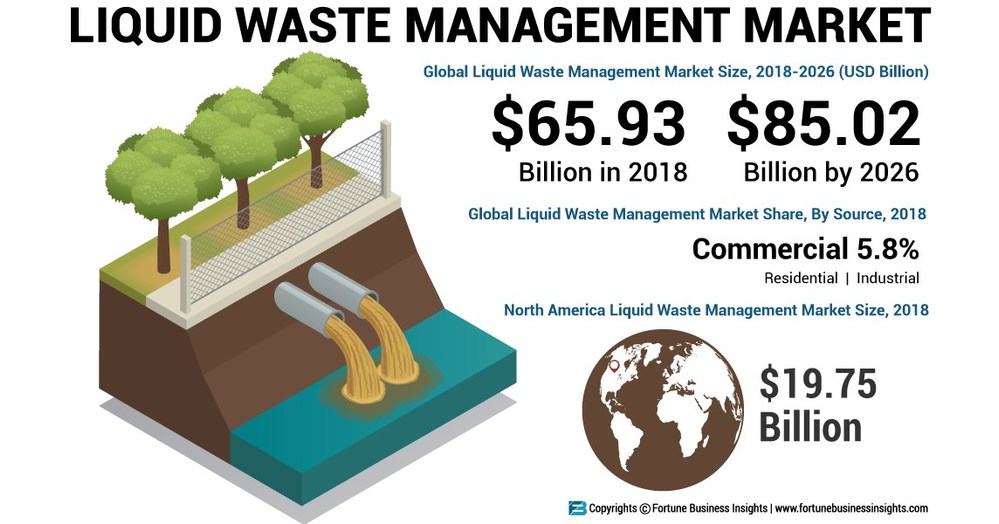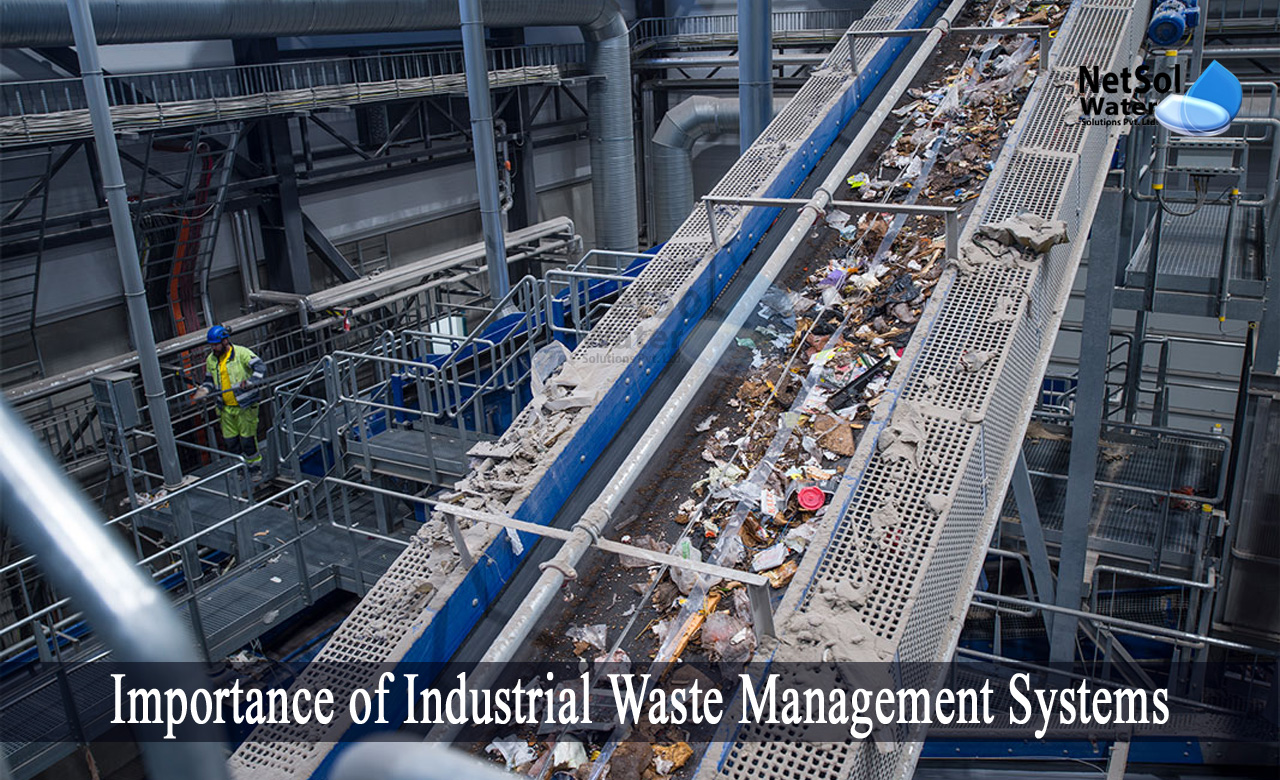Our Reclaim Waste Statements
Our Reclaim Waste Statements
Blog Article
The 7-Second Trick For Reclaim Waste
Table of ContentsSome Known Incorrect Statements About Reclaim Waste 6 Easy Facts About Reclaim Waste ShownGet This Report on Reclaim WasteUnknown Facts About Reclaim WasteSome Of Reclaim Waste
Domestic sewer waste refers to the waste and products from a household septic storage tank. The proper management and disposal of domestic sewage waste require fluid waste to be transferred to a sewage treatment plant where the proper techniques and tools are applied to cleanse and dispose of waste.
Business waste frequently consists of potential risks, such as combustible materials or a mix of liquid and strong waste products, and needs a more sophisticated and detailed disposal process. The disposal of business waste usually entails the filtration of waste prior to transportation to guarantee secure and correct disposal. Hazardous waste is created from by-products and runoff of industrial processes and production.
This kind of waste can not utilize the exact same sewage administration transport or procedures as septic or business liquids. The hazardous waste monitoring procedure calls for the inspection and testing of liquid waste before it undergoes the disposal process (liquid waste disposal). Drainage waste is the liquid waste that comes from drainage and excess stormwater in extremely inhabited areas or cities
Runoff waste can trigger contamination and flooding if not dealt with effectively. Making sure appropriate waste monitoring can prevent catastrophes and lower environmental damage.
A Biased View of Reclaim Waste
Get in touch with PROS Solutions today to learn concerning our waste monitoring and disposal services and the correct means to take care of the fluid waste you create.
(https://www.metal-archives.com/users/reclaimwaste1)This so-called 'wastewater' is not only a vital resource but, after therapy, will be released to our land, waterways or the sea. Made use of water from bathrooms, showers, bathrooms, cooking area sinks, laundries and industrial processes is known as wastewater.

water made use of to cool down equipment or tidy plant and tools). Stormwater, a kind of wastewater, Clicking Here is runoff that flows from agricultural and city locations such as roof coverings, parks, yards, roads, paths and rain gutters into stormwater drains pipes, after rainfall. Stormwater flows neglected directly to neighborhood creeks or rivers, ultimately getting to the ocean.
Reclaim Waste Fundamentals Explained
In Queensland, the majority of wastewater is treated at sewer therapy plants. Wastewater is delivered from residential or commercial websites with a system of drains and pump stations, understood as sewage reticulation, to a sewer therapy plant.
The Department of Natural Resources recommends city governments about handling, operating and keeping sewerage systems and therapy plants. In unsewered areas, neighborhood federal governments may call for householders to set up specific or family sewage treatment systems to treat residential wastewater from toilets, kitchens, restrooms and washings. The Department of Natural Resources authorizes making use of house systems when they are proven to be efficient.
A lot of stormwater receives no treatment. In some new class, treatment of some stormwater to get rid of trash, sand and gravel has actually begun using gross toxin catches. Wastewater therapy happens in 4 stages: Eliminates solid matter. Larger solids, such as plastics and other objects wrongly released to drains, are removed when wastewater is travelled through displays.
Uses small living organisms understands as micro-organisms to damage down and eliminate staying liquified wastes and fine particles. Micro-organisms and wastes are integrated in the sludge.
Reclaim Waste - Questions
Nutrient removal is not readily available in all sewer therapy plants due to the fact that it requires costly specialist devices. It is ending up being more common in Queensland. Clear fluid effluent generated after treatment might still have disease-causing micro-organisms. If this effluent is launched right into rivers such as rivers or the sea, the micro-organisms will at some point pass away out.

This normally means wastewater has actually to be dealt with or pollutants eliminated before it can be released to rivers. A lot of wastewater streams into the sewerage system. Under the Act, neighborhood governments provide approvals and permits for ecologically appropriate activities (Periods) including wastewater releases that could have a regional impact. The department administers authorizations and licences to Periods involving wastewater launches that might have a local or statewide effect.
An Unbiased View of Reclaim Waste
Otherwise, samples are considered laboratory analysis. Frequently many tests are needed to develop the levels of each of the different toxins such as oils, hefty steels and chemicals in water. Surveillance supplies factual details concerning water quality and can confirm that permit problems are being met. The information acquired through monitoring offers the basis for making water quality choices.
Report this page